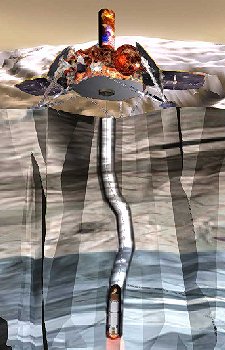This image shows a subsurface explorer on the surface of Mars (this is an artist's rendition). Such subsurface explorers would help us look for water and organic material below the surface of Mars. A "robotic mole" like this one would also test to see what minerals make up the Martian interior. One of the proposals does involve a subsurface explorer that would dive through the Martian polar ice caps.
Click on image for full size
Courtesy of NASA/JPL
Scouting Mars
News story originally written on June 18, 2001
43 Scout missions were proposed to NASA. 10 were selected. These 10 are competing to see which will be included as future Scout missions to Mars. May the best robots, gliders, rovers, orbiters or landers win!
"These Scout concepts embody the spirit I first thought about more than one year ago, and will enable us to explore the diversity of Mars in new ways," said Dr. Ed Weiler, Associate Administrator for Space Science. Weiler selected the ten winners on the basis of overall scientific merit and potential for implementation under a total mission cost cap of $300 million. The Scout missions that are sent to Mars in the coming years (the first being launched in 2007) will be important additions to the proposed Martian fleet including the 2001 Mars Odyssey, twin rovers which will land on Mars in 2003, a science orbiter, a mobile laboratory and a return sample mission.
The 10 proposals that made it this far will receive 6 months of funding to do further investigation for their proposed mission. The missions are extremely varied! One mission would involve three gliders that would investigate the walls of Valles Marineris. Another would place 24 weather stations across the surface of Mars. Still another would have a probe that could descend for hundreds of meters through the Martian polar ice caps!
You might also be interested in:

The Mars Odyssey was launched April 7, 2001, from Cape Canaveral Air Force Station in Florida. After a six-month, 285 million-mile journey, the Odyssey arrived at Mars on October 24, 2001 (02:30 Universal
...more
It was another exciting and frustrating year for the space science program. It seemed that every step forward led to one backwards. Either way, NASA led the way to a great century of discovery. Unfortunately,
...more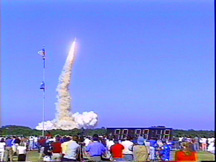
The Space Shuttle Discovery lifted off from Kennedy Space Center at 2:19 p.m. EST, October 29th. The sky was clear and the weather was great as Discovery took 8 1/2 minutes to reach orbit for the Unitied
...more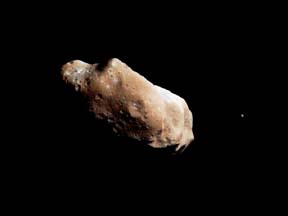
A moon was discovered orbiting the asteroid, Eugenia. This is only the second time in history that a satellite has been seen circling an asteroid. A special mirror allowed scientists to find the moon
...more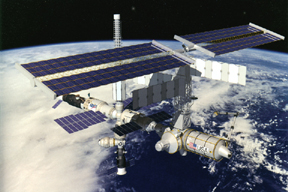
Will Russia ever put the service module for the International Space Station in space? NASA officials are demanding an answer from the Russian government. The necessary service module is currently waiting
...more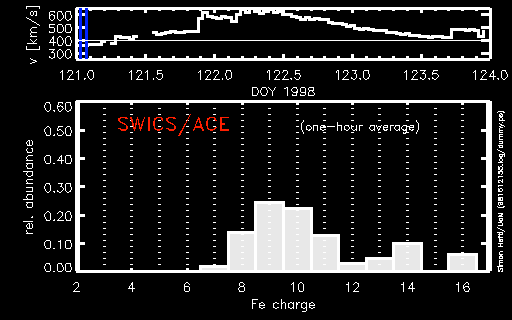
During a period of about two days in early May, 1998, the ACE spacecraft was immersed in plasma associated with a coronal mass ejection (CME). The SWICS instrument on ACE, which determines unambiguously
...more
J.S. Maini of the Canadian Forest Service has referred to forests as the "heart and lungs of the world." Forests reduce soil erosion, maintain water quality, contribute to atmospheric humidity and cloud
...more


